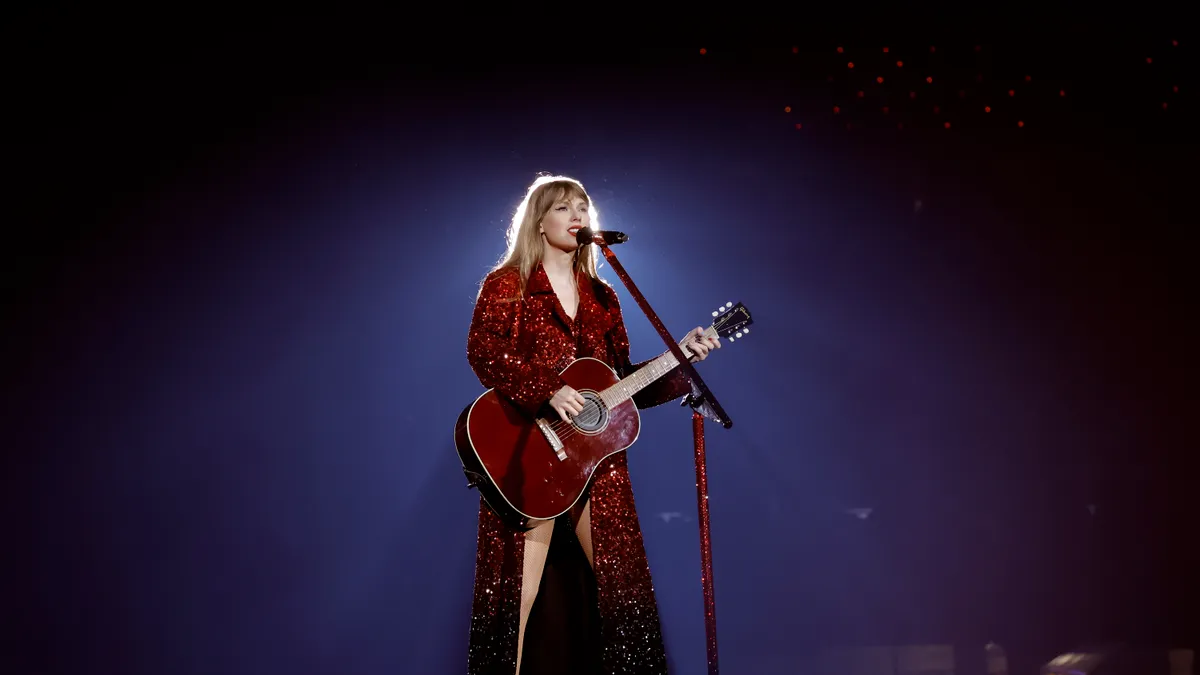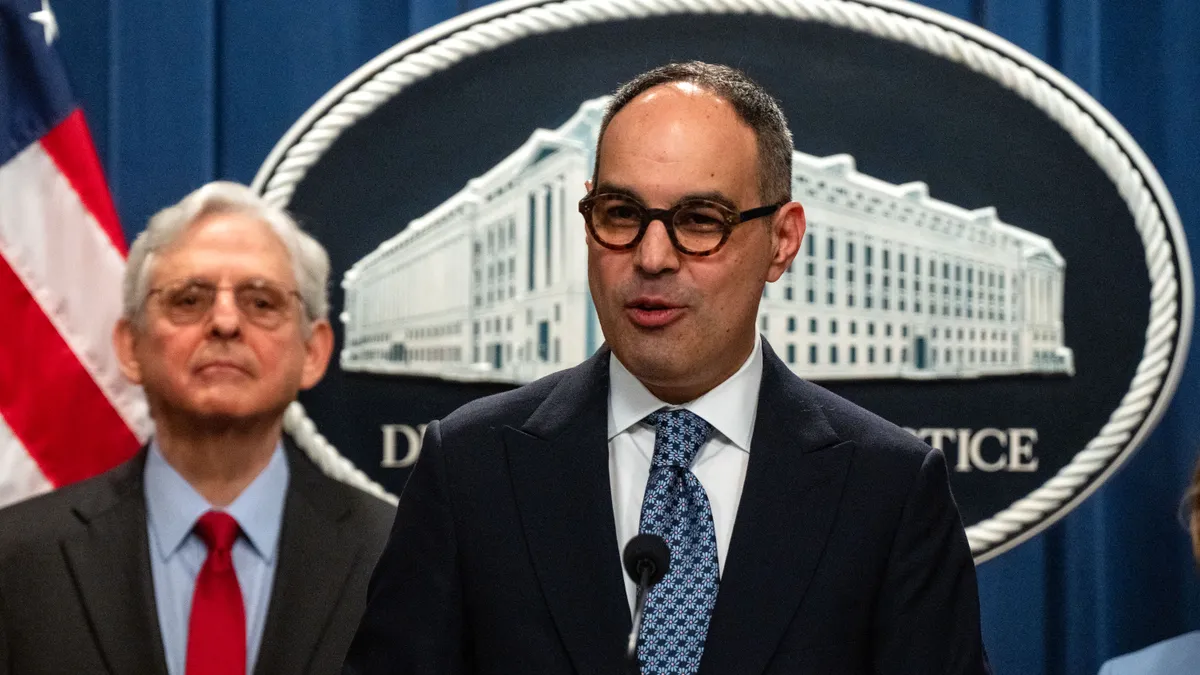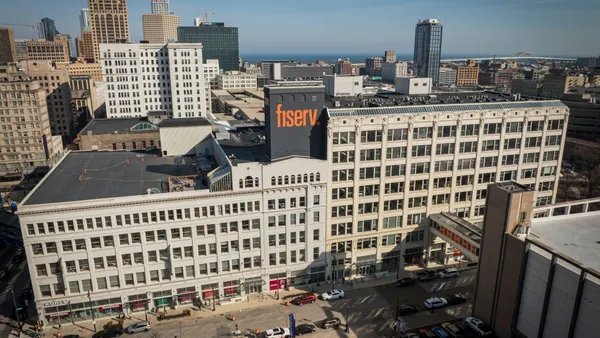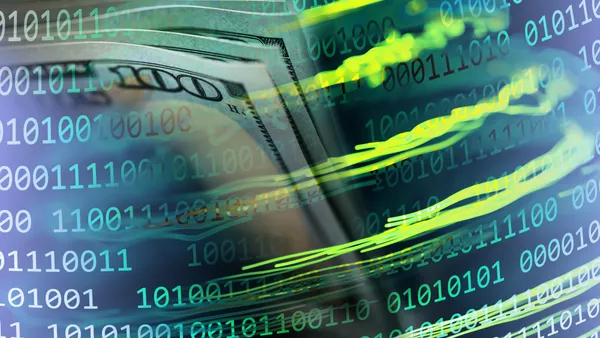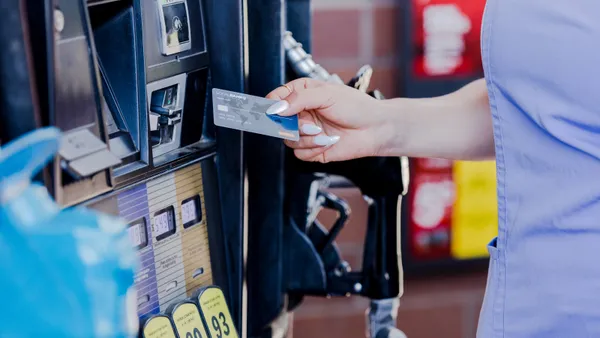Tomorrowland in Belgium. Taylor Swift’s final “Eras Tour” show in Vancouver, Canada. Comic-Con in San Diego.
While these concerts and events appear very different from one another, they have one distinct feature in common: They were all cashless.
Smooth user experiences and secure transactions are among the key benefits of cashless concerts, where attendees use a credit card, mobile wallet or RFID (radio frequency identification) bracelet to make a purchase. As consumers embrace touchless payments, event organizers eagerly opt for cash-free setups at their venues, and payments platforms are seizing on the opportunity to grow their business.
“Cashless events are not just a growing trend,” said Davi Strazza, president of North America for the Dutch company Adyen. “They are quickly becoming the norm.”
Adyen is among the companies competing to provide such cashless payment services at events. Others in the field include Allentown, Pennsylvania-based Shift4 and Milwaukee-based Fiserv’s Clover unit.
Cashless concerts and events have been growing in popularity over the last 15 years as payment technology has advanced. Like many trends, cashless events really took off during the pandemic, with touchless payments seen as a safer and more hygienic alternative to handing over cash.
Estimates vary, but today, about half of concerts are cashless, said Tania Salarvand, executive vice president of hospitality and entertainment at Globant, a digital transformation consultant for the entertainment and live event industries.
“In every conversation we have with a new venue, they are looking at cashless as their first priority,” Salarvand said in an interview.
Event organizations and venues benefit from a cashless system, because staff don’t need to manage cash payments. Merchants can quickly ring up a purchase and move on to the next customer without taking time to count or exchange cash. This can lead to shorter lines and a faster purchase process.
“Speed and convenience are key to enhancing the attendee experience and reducing friction at point-of-sale interactions,” Strazza said in an interview.
Consumers have also glommed on to the ease of cashless payments at events, with 4 in 5 concertgoers using digital wallets to make purchases at live music events, according to a survey last year from telecom company Verizon.
Payments companies, too, stand to gain from cashless events. By operating as a gateway, payments firms earn business while also gaining brand awareness and getting their name in front of thousands of event attendees. With digital transactions, payments companies receive data and insights on consumer spending trends, Salarvand said.
Setting up a cashless concert takes a few steps from a software and hardware perspective, Strazza said. In addition to a payment gateway and processor, event organizers need to set up point-of-sale terminals with contactless readers compatible with credit cards and mobile payments, or scanners that can read RFID wristbands. Software that integrates with other systems is important for tracking a merchant’s sales and keeping tabs on available inventory.
The reliance on technology creates a potential downside to cashless events. A network outage or device malfunction could create delays and disrupt the customer experience. There’s also societal concerns that these events exclude attendees who wish to pay with cash, which could lead to lost sales.
Overall, however, the speed and ease of cashless transactions encourage eventgoers to make more purchases, increasing the event’s revenue and the payment processor’s cut.
In the future, Salarvand expects cashless payments to evolve into biometric payments, where a fingerprint or facial recognition would be connected to a consumer’s form of payment.
“Globally, adoption is accelerating, and this is likely the future of the payments space,” Salarvand said.


